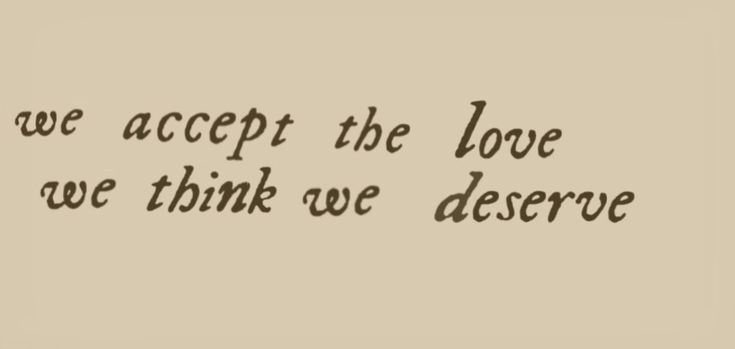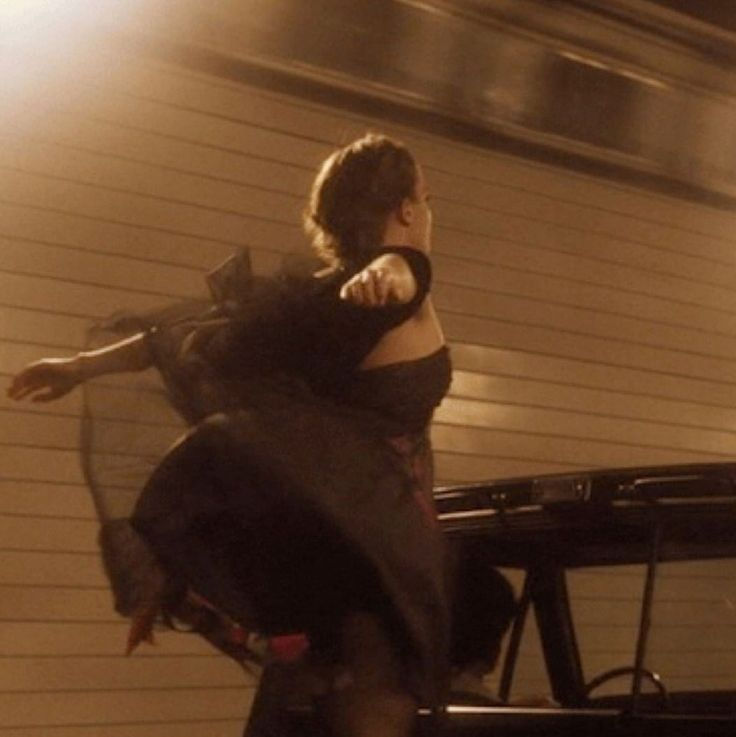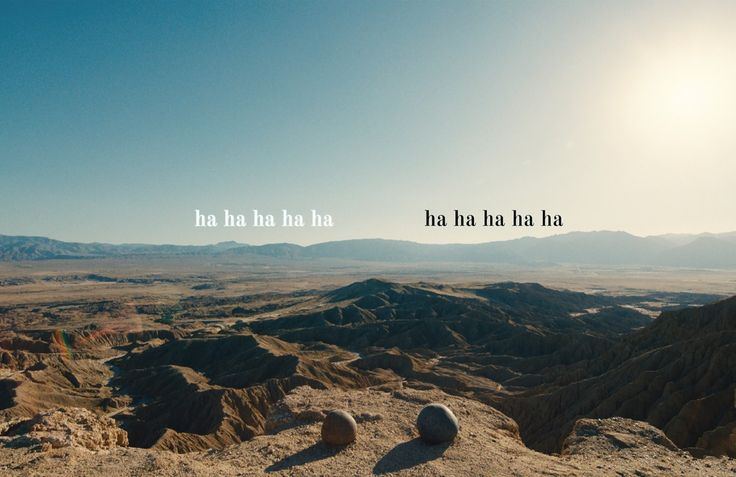Extended Analysis of a Film Opening: Little Women <3
- Filza Chattha
- Nov 1, 2024
- 5 min read
Updated: May 20

“Women have minds, and they have souls as well as just hearts. They’ve got ambition, and they’ve got talent as well as just beauty. I am so sick of people saying that love is just all a woman is fit for. I’m so sick of it!”
Little Women is a 2019 American coming-of-age period drama film written and directed by Greta Gerwig. It is the seventh film adaptation of the 1868 novel by Louisa May Alcott. It chronicles the lives of the March sisters—Meg, Jo, Beth, and Amy—in Concord, Massachusetts, during the 19th century. It stars an ensemble cast consisting of Saoirse Ronan, Emma Watson, Florence Pugh, Eliza Scanlen, Laura Dern, Timothée Chalamet, Meryl Streep, Tracy Letts, Bob Odenkirk, James Norton, Louis Garrel, and Chris Cooper.
The central themes of Little Women revolve around family, coming of age, independence, and women's rights.




The movie begins with a medium-wide shot of a woman’s back. The scene creates a halo effect with the use of backlighting. The scene appears to be inside a building where the woman is standing outside a closed door. There is also a foley sound as she takes a deep breath. As she is about to enter, there is a contrapuntal ambient sound with foley for the creak of the door being opened. The tracking shot of the room, filled with men working at different tables, helps the viewers understand the era in which the movie is set. The shot signals that the movie takes place in the 19th century. Jo (the woman in the frame) is dressed in a simple dress made of fabrics like cotton and wool, with a high neckline and long sleeves, which tells us her social status. The men wear formal attire, such as suits, vests, and ties, reflecting the social norms of the time when men were expected to dress formally, especially in public settings. The sequence also shows the gender divide, as the room is filled with men working together, with no women present, highlighting the limited opportunities available to women at the time. This scene reflects the historical reality of women's exclusion from many professions, including publishing.
The following shot is a medium-wide shot of Mr. Dashwood, who appears to be a publisher. His demeanor is that of a rigid man who does not respect women. In this era, women were rarely taken seriously and were often encouraged to marry and settle down. He sits with his foot on the table, smoking, and despite Jo approaching him, he does not change his stance, conveying an uninterested attitude as he reads the newspaper. An over-the-shoulder shot of Jo shows her passionately taking out a manuscript from a brown briefcase. Practical lighting, like a candle on Mr. Dashwood’s table and lights in the background, along with ambient lighting from the large windows, gives the scene a serious tone. The blue tones in the scene evoke nostalgia, as the entire movie is set in the past. Blue is also associated with melancholy, reflecting the bittersweet nature of the story.

A close-up of Jo’s ink-stained hands shows the viewer that she is the writer. Following this, medium-wide shots depict Mr. Dashwood leaning back in his chair, aggressively putting down each page as he reads, and cutting sections with his pen.

There is a back-and-forth between medium-wide shots of Mr. Dashwood and over-the-shoulder shots of Jo. He chuckles lightly while reading, which makes Jo feel proud, but her reaction changes quickly when she sees him cut out half a page.
A close-up shot of the manuscript highlights this. Fast-cut editing between the shots, as Mr. Dashwood reads the script, suggests he finishes it quickly. Throughout this shot sequence, the camera stays within the invisible 180-degree rule, which helps maintain the viewer's sense of spatial awareness during the scene.


The next scene includes a close-up shot of Jo handing over the manuscript and Mr. Dashwood giving minimal compensation for a piece of writing that is far more impressive than he realizes. This exchange captures a sense of urgency; despite the low payment, Jo is ecstatic because this moment is deeply important to her.



Following this, tracking shots show Jo’s happiness. There is the ambient sound of carriages, horses, and people walking down the street as Jo is seen running. Added non-diegetic music relays her excitement. The sequence includes close-up shots of her shoes, a side-profile wide tracking shot of her running, a front handheld shot as she weaves through the crowd, a medium-close-up of her from the side, slow-motion with a tracking wide shot, and a final wide shot. These different shots, quickly alternating, create a sense of urgency and excitement for the viewer. There are far more men than women in this street scene, again highlighting societal norms. Most men wear hats and suits, while the few women are scattered in different corners as Jo runs, symbolizing her free spirit, which contrasts with the era’s ideals for women.

An extreme close-up reveals the original Little Women book, placed on a brown table surface in a title shot that acknowledges the book’s author, Louisa May Alcott.


The following scene has diegetic sounds of a horse, carriage, and people walking, created with Foley. It is a static wide shot of the exterior of Jo’s residence in New York. The seasonal shift is evident, with snow on the sidewalks, unlike in the previous sequence. Jo’s attire has also changed; she now wears a dress with a jacket, hat, and scarf. Her outfit is dark and simple, suiting her personality. Ambient lighting shows a hint of sunlight on the building. Reading a book, Jo enters the scene with another wide tracking shot and talks to a cat. Ambient sounds of people discussing room prices in the boarding house increase in volume as Jo approaches.


She stands by the fireplace, a detail foreshadowing future events.
A tracking wide shot captures four individuals entering the vicinity; one man, in a prominent grey suit, gazes at Jo while feigning interest in his companion's conversation. He appears shy, awkward, and struggling to engage. Ambient, key, and candlelight lighting each serve different purposes in this scene: the key light highlights Jo’s face and creates shadows to define her features, candlelight adds historical authenticity, and ambient lighting softly fills the space.



The scene returns to Jo, who is scribbling in her book with a pen. The man addresses her by her surname, suggesting a formal relationship. A medium-wide shot of him, followed by a close-up of Jo, shows her reaction to his greeting. Another close-up reveals his concern when he notices Jo’s dress catching fire, but in a medium shot, Jo remains absorbed in her writing. There is a close-up of the burning dress. Light music fades as he points out the fire. A woman rushes in to help in a medium-wide shot, and the man shows his burned coat. This symbolizes the risks of Jo's passion and creativity - if unchecked, it could “burn” her. A Foley sound is used again as the door creaks, and a woman enters carrying laundry, signaling that she is staff. Jo grabs her scarf and leaves, with the man following in a tracking shot.

A wide shot, close-up, and tracking shot all add urgency to the sequence. As Jo exits, backlighting forms a halo around her, creating depth as she declares:
“Money is the end and aim of my mercenary existence.”

The man stops as Jo hurriedly walks up the stairs in an upward tilt. We lastly see her looking down at him from her point of view.
The beginning of Little Women (2019) establishes its main themes, relationships, character traits, and historical setting. The movie foreshadows the challenges the March sisters will face. The blue tones at the start create a nostalgic feel, and the music adds a visually stunning and emotionally resonant atmosphere.




Comments